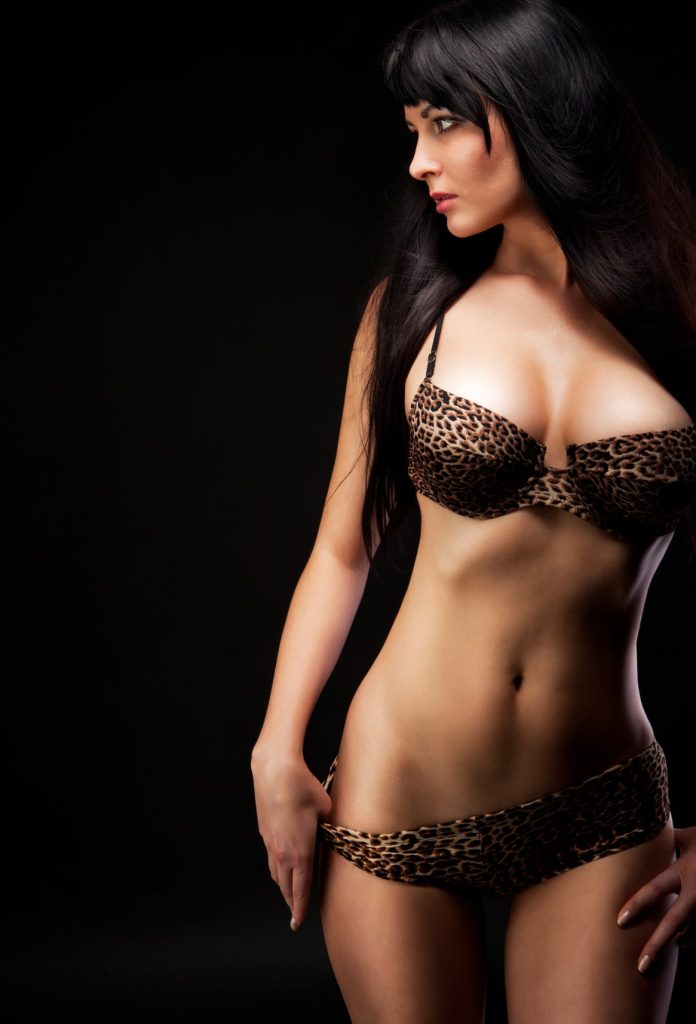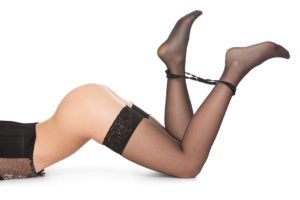Despite increasing empirical interest in muscle dysmorphia (MD), a dearth of research has examined MD in sexual minority populations.
In this study, we assessed the psychometric properties of one of the most widely used measures of MD symptoms-the Muscle Dysmorphic Disorder Inventory (MDDI)-in cisgender gay men and lesbian women in a national longitudinal cohort study.
Baseline
Creating a baseline for an image is something that most photographers do when taking pictures of large objects or buildings. This can be done either purposefully or accidentally, and is useful for making things appear larger or smaller than they actually are, or to distort depth.
This is also used in art, to distort or exaggerate the size of objects and images. For example, you can take a picture of a castle with a fairly large baseline and make it look like the whole structure is bigger than it actually is.
To get the best results when using this method, it is important to find a baseline that reflects individual- and experiment-specific biases and does not reflect image-independent biases across tasks or individuals. We tested this by constructing a baseline distribution for ten different experiments, including free viewing, search, memorisation and scene description. Our results indicate that a baseline model with anisotropy scaled to the aspect ratio of the image provides more accurate descriptions of fixation behaviour than an isotropic baseline.
Arms
The biceps and triceps are the most prominent muscles of the arm. They’re also the main sources of strength for the upper body.
The arm is a complex structure made up of bones, joints and veins. It has two main veins, the basilic and cephalic, which carry blood from the arms and drain them.
In addition to its skeletal function, the arm has a plethora of muscles, including the brachialis muscle and the triceps brachii muscle. These muscles help the arm move in a variety of ways, from extending it to squeezing it to making it twist and turn.
There’s also a lot to learn about how these muscles work, such as abduction (turning the arm toward the body) and pronation (turning the arm palm side up). It’s also possible to develop strains or tears in some of these muscles. These problems can be difficult to manage, especially if they occur when you’re doing things that require your hands and arms.
Trans-Femme
Whether you’re transfeminine or genderqueer, there are steps you can take to feel more feminine, like changing your hair, clothing, and makeup. There are also medical options, such as hormone therapy or surgery.
For many people, transitioning into a gender that’s more feminine is an important part of their identity. Body By Daddy supports the LGBTQ+ family by using exercise science to create special routines for trans-femme and trans-masc folks who want to build strength and lean muscle that’s more feminine in appearance.
This particular project, by photographer Salgu Wissmath, explores how trans people feel about their gender in a world that deems them invisible and out of place. The photos are deeply intimate, illustrative portraits that affirm and offer visibility to the trans and nonbinary experience from a queer perspective. This collection offers an opportunity to see the human behind these stories, as well as a new way to represent members of these communities in media.

